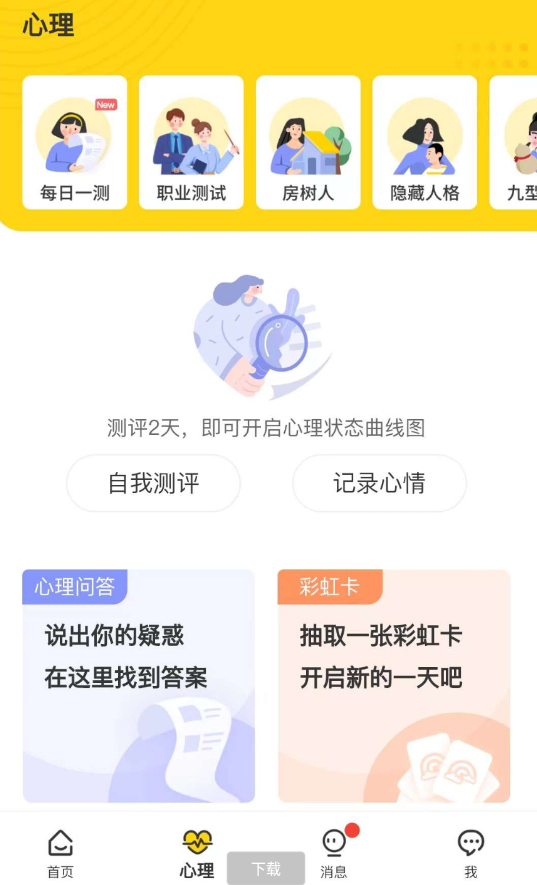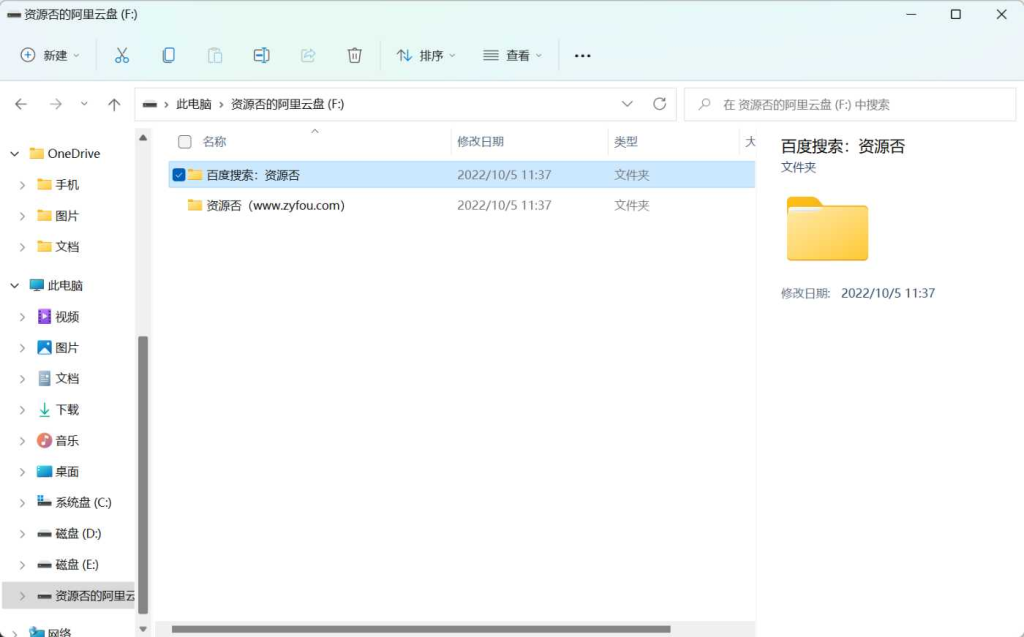
linux中可以使用chown命令将指定文件的拥有者改为指定的用户或组,用户可以是用户名或者用户ID;组可以是组名或者组ID;文件是以空格分开的要改变权限的文件列表,支持通配符。
命令语法:
chown [-R] 所有者名称 文件或者目录
-R: 进行递归的持续更改。也即连同子目录下的所有文件目录都更新成为这个用户组之意,常常用在更改某一目录内所有的文件情况。
示例:
[root@shuai shan]# ls -al -rw-r--r-- 1 root root 0 8月 19 12:37 six.log [root@shuai shan]# chown shan six.log [root@shuai shan]# ls -al -rw-r--r-- 1 shan shan 0 8月 19 12:37 six.log
推荐学习:Linux视频教程
© 版权声明
文章版权归作者所有,未经允许请勿转载。
THE END
喜欢就支持一下吧
相关推荐













